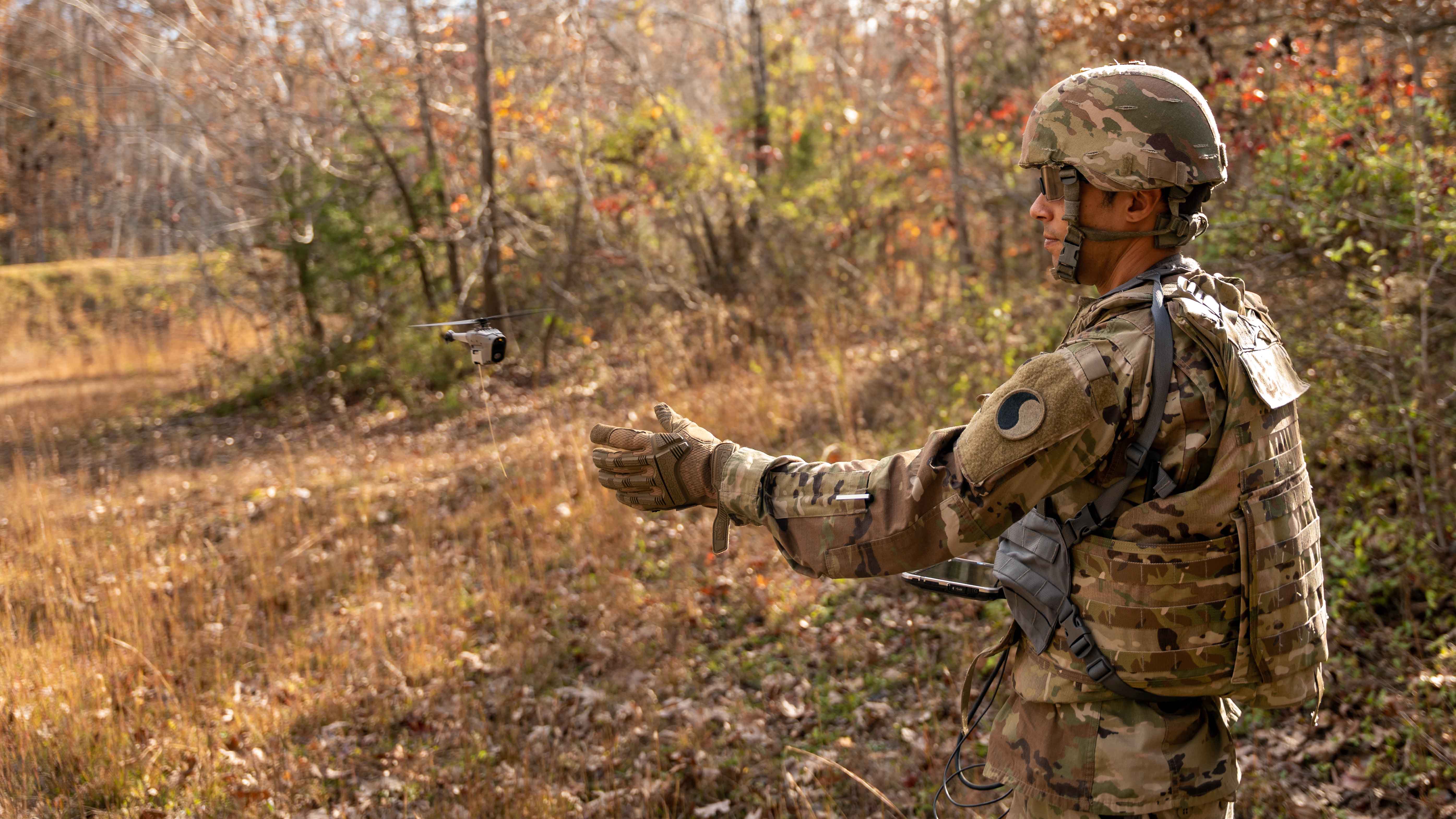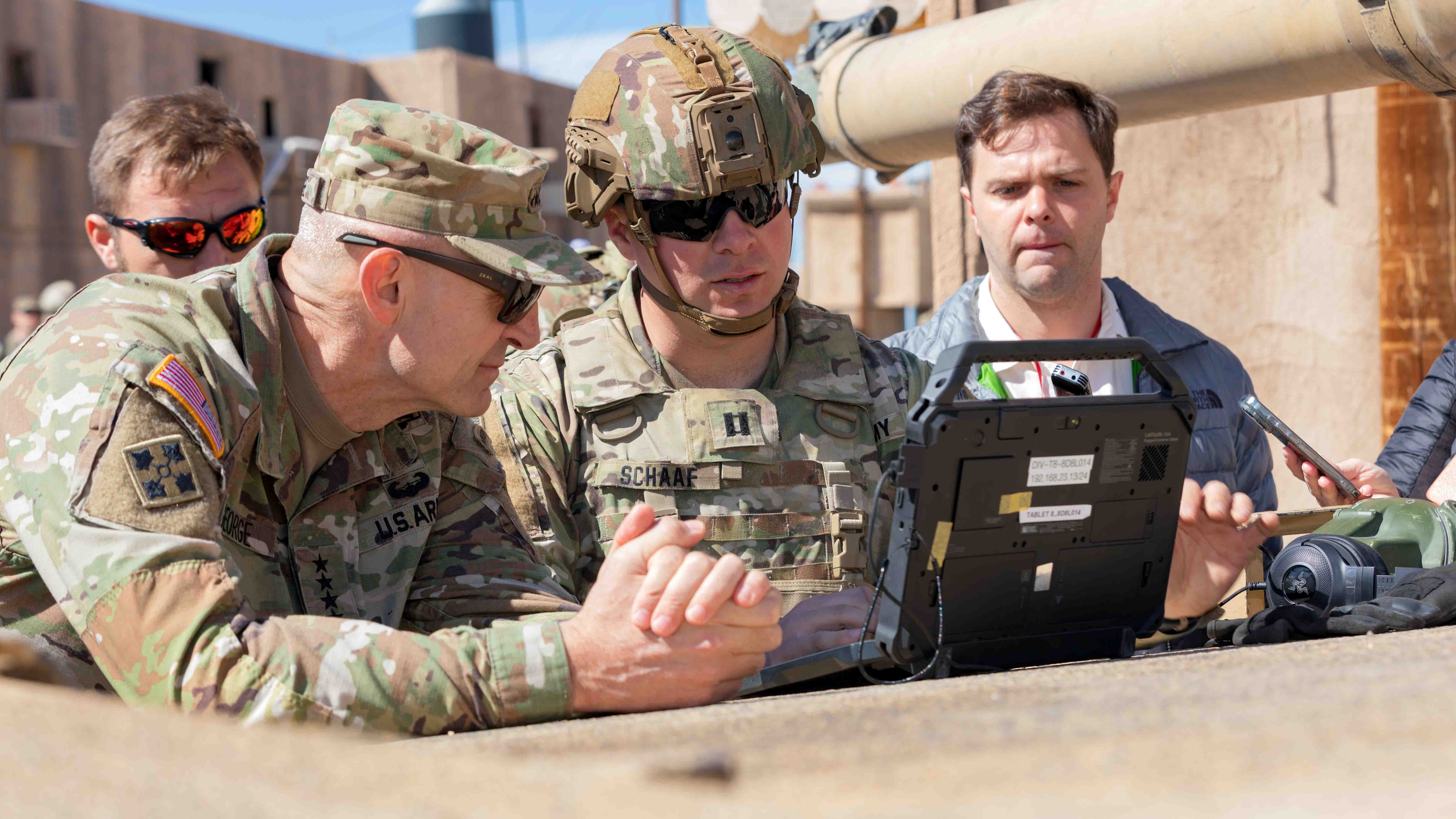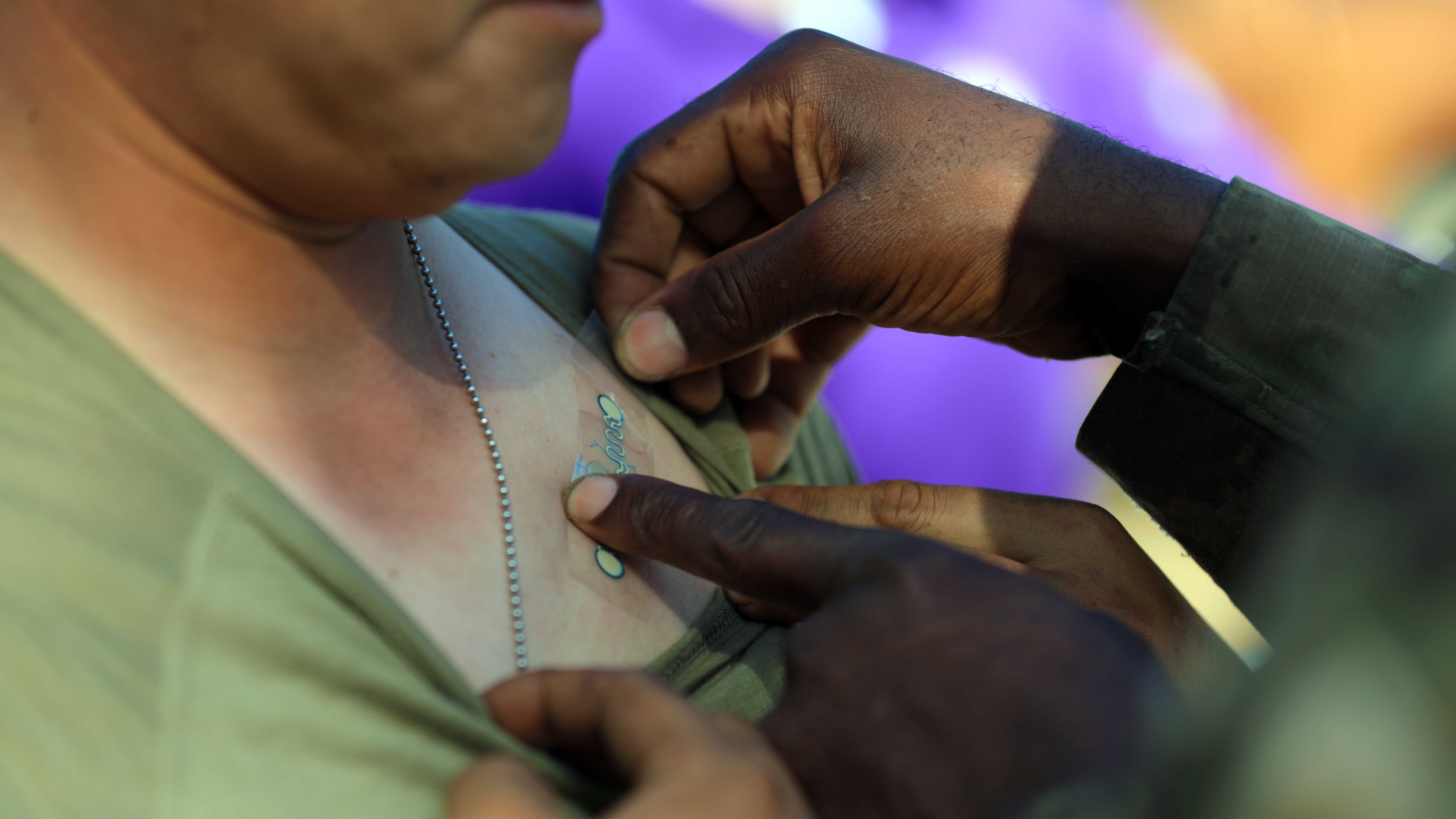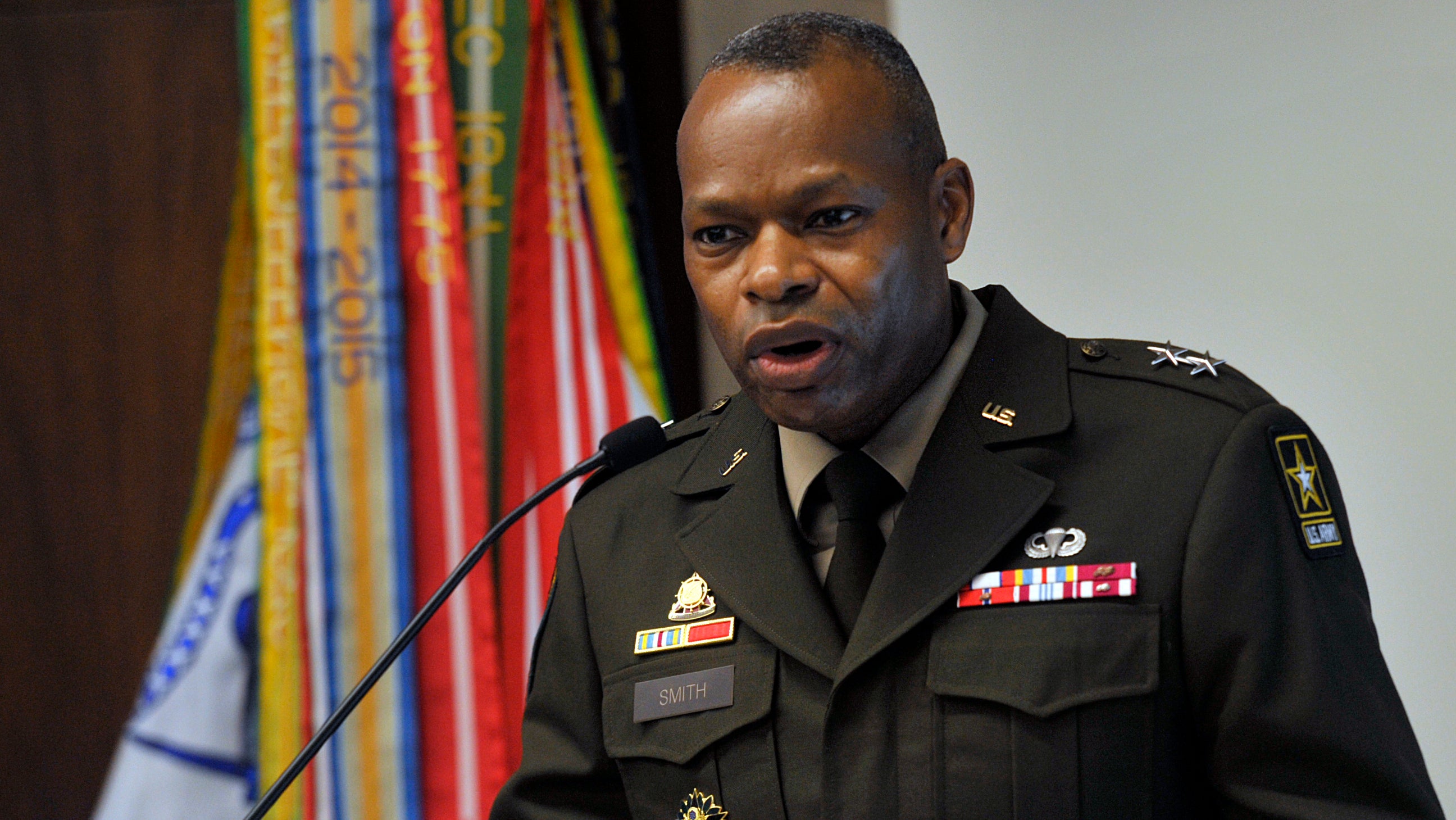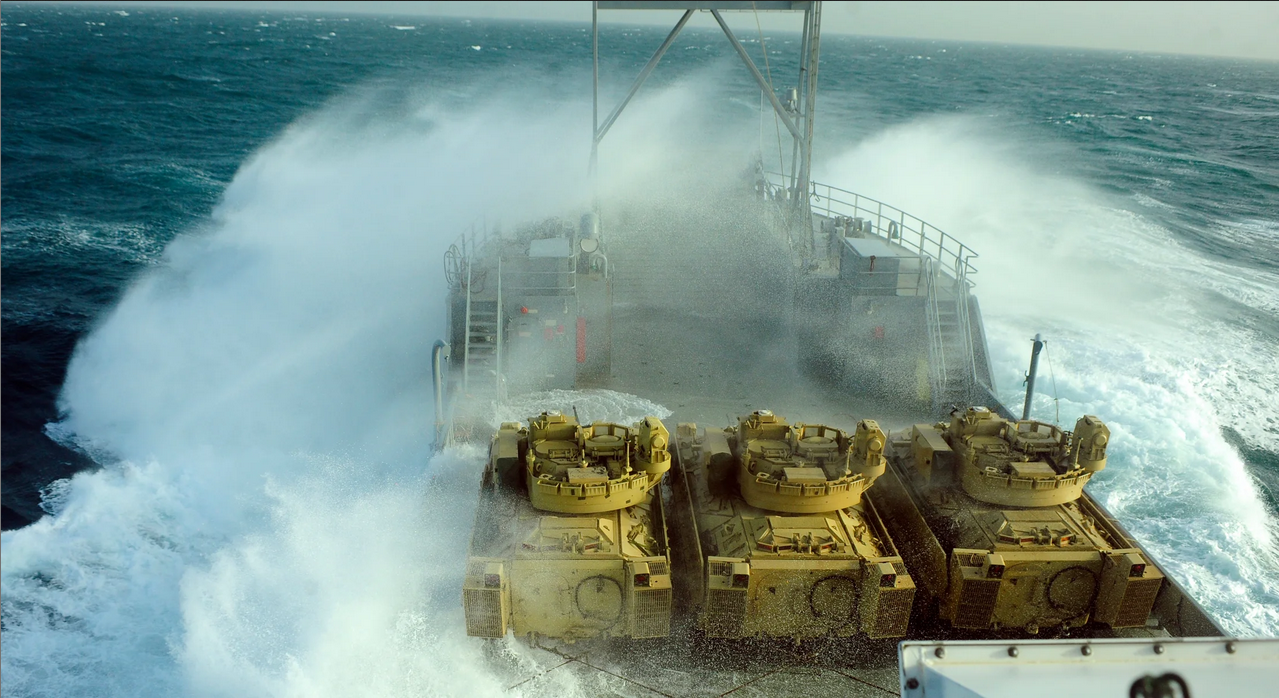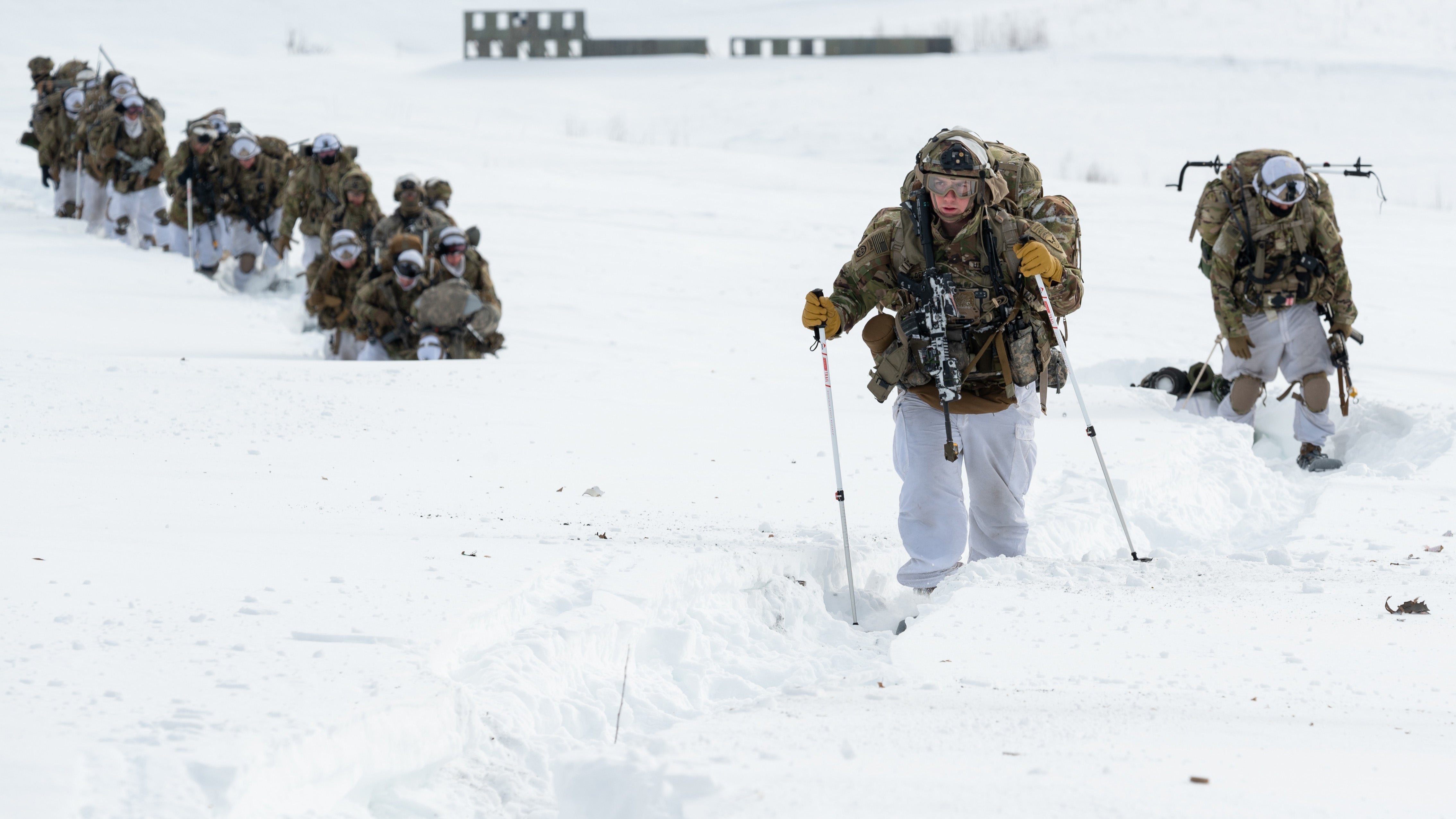Soldiers Must Learn to Trust Robotic Technology
As robots are integrated into the operational environment, soldiers will need to shift from a mindset of doing it all to trusting the new technology and understanding its potential, according to senior Army leaders.
Maj. Gen. Curtis Buzzard, commander of the Maneuver Center of Excellence and Fort Moore, Georgia, formerly known as Fort Benning, said he observed the human dynamic at play in a recent training scenario involving robotic platforms.


